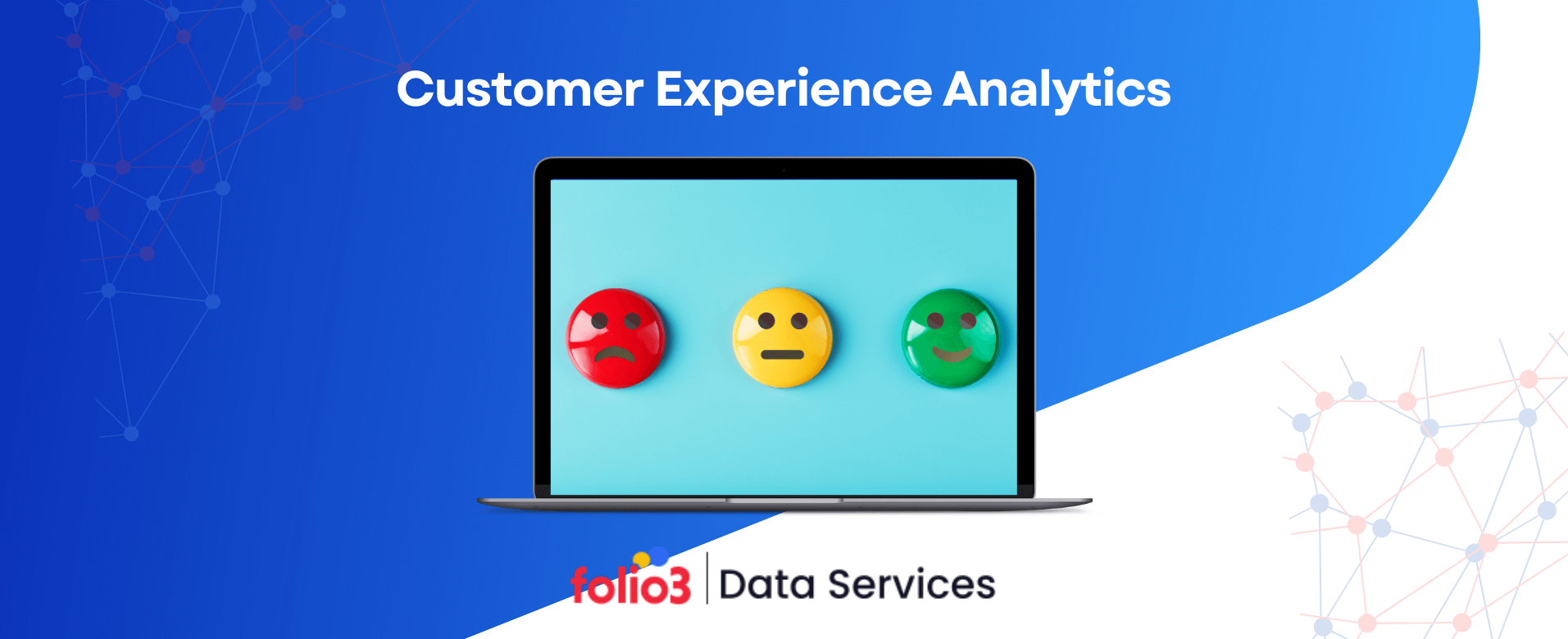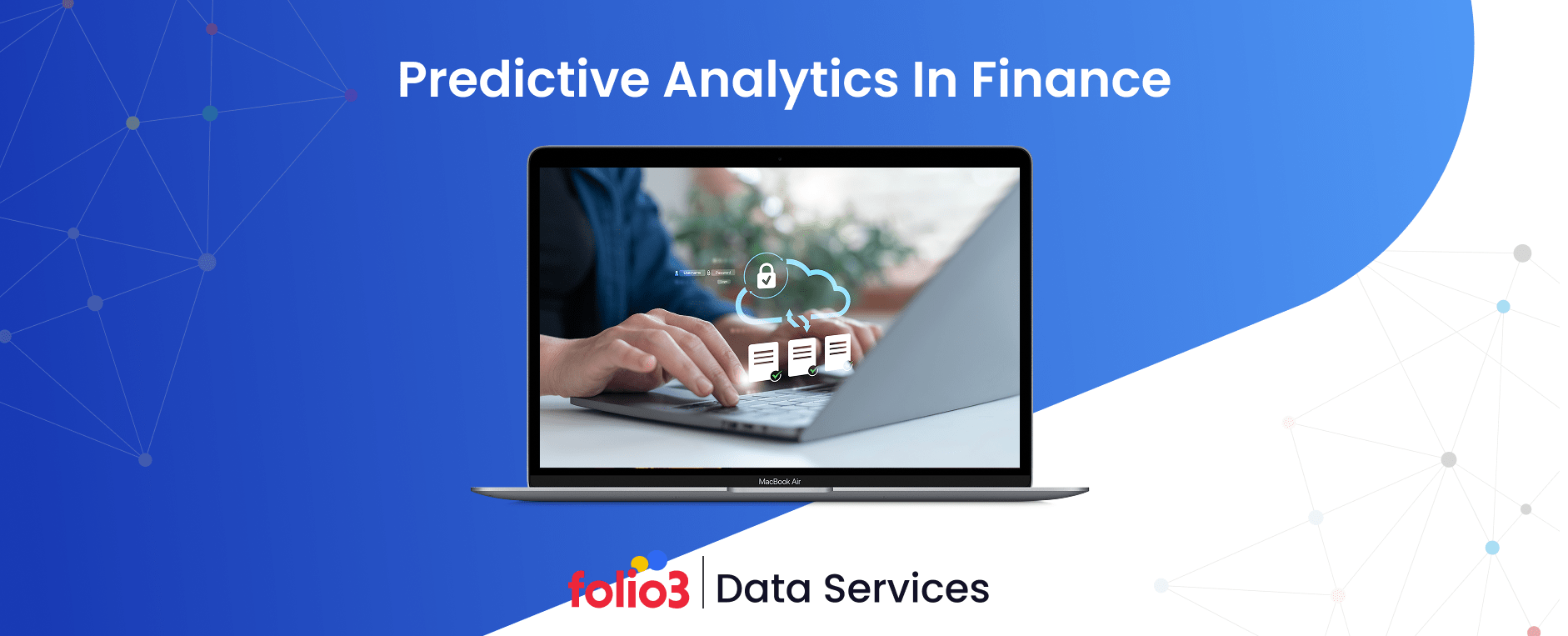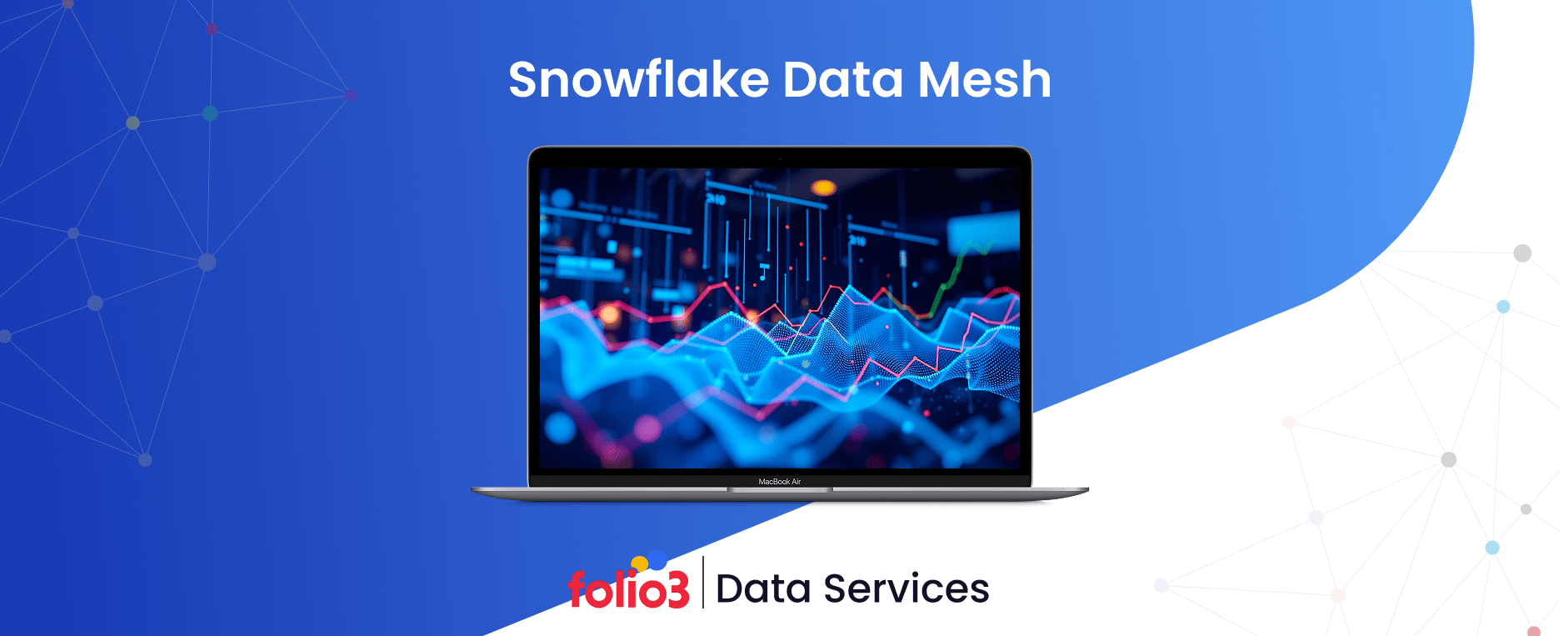Understanding how customers interact with your brand is crucial for the success of any industry and business. Customer Experience Analytics (CXA) involves collecting and analyzing data from various touchpoints to gain insights into customer behaviors and preferences. By examining this data, businesses can identify areas for improvement and tailor their offerings to meet customer expectations.
Data-driven insights play a vital role in enhancing the customer journey. Analyzing purchasing patterns can help predict demand, ensuring popular products are always in stock. Additionally, understanding feedback trends allows companies to address common complaints proactively, leading to increased customer satisfaction.
Using CXA provides a competitive edge. Using analytics for customer experience, businesses can personalize marketing campaigns, optimize product placements, and organize and simplify operations. This strategic use of experience management analytics boosts sales and fosters customer loyalty.
Incorporating customer experience analytics use cases into your strategy can bring tangible benefits. For example, some companies have used digital customer experience analytics to refine their online ordering processes, reducing wait times and higher customer satisfaction.
Understanding customer experience analytics and applying cx data analytics effectively can transform how businesses engage with their customers, leading to improved experiences and sustained business growth. So, let’s get started with all you need to know about customer experience analytics.
What is Customer Experience Analytics?
Customer Experience Analytics (CXA) involves gathering and examining data about how customers interact with your brand. This includes their behaviors, preferences, and feedback across various touchpoints, such as in-store visits, online orders, and social media interactions. Understanding these interactions, businesses can identify areas for improvement and tailor their services to meet customer needs better.
CXA can yield significant benefits for businesses. For example, analyzing customer feedback can highlight common issues, allowing companies to address them promptly. A study found that 60% of consumers stated that the quality of customer service significantly influences their purchasing decisions in this sector.
Utilizing analytics for customer experience, businesses can personalize marketing efforts, optimize product offerings, and enhance overall service quality. This data-driven approach boosts customer satisfaction and fosters loyalty, providing a competitive edge in the market.
Why Customer Experience Analytics Matters?
Understanding and improving customer experiences is crucial for business owners. Customer Experience Analytics (CXA) provides valuable insights into customer behaviors and preferences, enabling businesses to make informed decisions.
Incorporating customer experience analytics into your business strategy is essential for staying ahead in the competitive business industry. Understanding and responding to customer needs can enhance satisfaction, optimize offerings, and achieve sustained success.
Companies can identify areas for improvement by analyzing customer feedback and purchasing patterns. For instance, a Harvard Business School researcher found that a one-star increase in a restaurant’s Yelp rating correlated with a 5-9% increase in revenue.
Key Components of Customer Analytics Experience
Understanding the key components of Customer Experience Analytics (CXA) is essential for business owners aiming to enhance customer satisfaction and loyalty. Let’s explore these components:
1. Customer Journey Mapping
This process involves tracking every point where customers interact with your brand, such as visiting your website, purchasing products, or engaging on social media. By mapping these touchpoints, businesses can identify areas for improvement. Analyzing customer journeys can reveal stages where customers face challenges, allowing companies to address these issues promptly.
2. Sentiment Analysis
Sentiment analysis examines customer feedback to understand their emotions and opinions about your products or services. By analyzing reviews and comments, businesses can gauge customer satisfaction and identify areas for enhancement. For instance, AI can detect the emotional tone of customer interactions in real-time, helping prioritize urgent or sensitive issues.
3. Churn Prediction
Churn prediction identifies customers who may stop engaging with your brand. Businesses can proactively address concerns to retain these customers by analyzing behaviors and purchase patterns. For example, predictive analytics can help forecast customer needs and personalize experiences, reducing the likelihood of churn.
4. Personalization and Recommendation Engines
Utilizing data to tailor customer experiences involves offering personalized product recommendations and marketing messages. For instance, AI-driven marketing campaigns have been shown to boost purchases and reduce customer turnover by delivering customized content based on individual preferences.
5. Omnichannel Analytics
This approach measures customer interactions across various channels, including in-store visits, online platforms, and social media. Businesses can ensure a consistent and seamless customer experience by analyzing data from all these sources.
For example, integrating data from multiple channels allows for a comprehensive understanding of customer behavior, leading to more informed decision-making.
How Do You Use Customer Experience Analytics?
Implementing Customer Experience Analytics (CXA) can significantly enhance your business operations. Here’s how:
1. Identify Pain Points in the Customer Journey
Businesses can analyze customer interactions across different touchpoints to pinpoint stages where customers encounter difficulties. For instance, if data reveals that many customers abandon their online orders at the payment stage, it may indicate a need to simplify the checkout process. Addressing these pain points can lead to a smoother customer experience and increased satisfaction.
2. Improve Customer Support Through Data-Driven Insights
CX data analytics enable companies to assess common customer inquiries and issues. By working with big data and analytics services, businesses can more effectively train support staff and develop resources like FAQs or chatbots to address frequent concerns. This proactive approach enhances customer support efficiency and leads to quicker resolution times.
3. Personalize Marketing and Engagement
Utilizing analytics for customer experience allows businesses to segment their audience based on preferences and behaviors. For example, if data shows that a segment of customers frequently purchases plant-based products, targeted promotions can be crafted to appeal to this group. Personalized marketing strategies have been shown to increase customer engagement and loyalty.
4. Enhance Product Development Based on Feedback
Experience management analytics involves analyzing customer feedback to inform product development. If customers consistently desire healthier options, businesses can respond by introducing new products that meet this demand. This data-driven approach ensures product offerings align with customer preferences, increasing the likelihood of success in the market.
5. Optimize Customer Retention Strategies
By employing customer experience analytics, businesses can identify patterns that precede customer churn, such as decreased purchase frequency or negative feedback. Recognizing these signs early allows companies to implement retention strategies, such as personalized offers or loyalty programs, to re-engage at-risk customers and foster long-term loyalty.
Tools and Technologies for CX Analytics
Implementing practical Customer Experience Analytics (CXA) requires the right tools and technologies to gather, analyze, and act upon customer data. Here are some top platforms and AI-powered tools that can assist business owners and companies in enhancing their customer experience:
Best Customer Analytics Platforms
- Google Analytics: A widely-used tool that tracks website traffic and user behavior, providing insights into how customers interact with your online presence.
- Adobe Experience Cloud: An integrated suite offering analytics, marketing, advertising, and commerce tools to deliver personalized customer experiences across various channels.
- Qualtrics XM: A customer experience management platform that helps businesses understand the buyer journey through a data-driven approach.
- Salesforce: A comprehensive customer relationship management (CRM) platform that provides tools for sales, customer service, and marketing, enabling businesses to manage and analyze customer interactions effectively. Modern data engineering services & solutions often play a critical role in enabling these platforms by ensuring seamless data integration, cleaning, and transformation—providing reliable insights to drive better customer experience strategies.
AI-Powered Analytics Tools for Real-Time Insights
Artificial Intelligence (AI) enhances CXA by providing real-time data analysis and predictive insights. Here are some notable AI-powered tools:
- Power BI: An AI-driven analytics platform that offers forecasting and intuitive data visualizations, helping data analytics businesses of all sizes harness data insights without deep technical expertise.
- Salesforce Einstein Analytics: An AI-powered analytics platform that helps businesses analyze customer data, predict sales outcomes, and personalize marketing campaigns.
FAQs
What is CX analytics?
CX analytics involves gathering and analyzing data from various customer touchpoints to understand behaviors, preferences, and overall experiences. This enables businesses to improve customer satisfaction.
What does a customer experience analyst do?
A customer experience analyst examines data from customer interactions, identifies trends, and provides insights to enhance customer satisfaction, loyalty, and overall experience across various touchpoints.
What is the role of data analytics in customer experience?
Data analytics helps businesses understand customer behaviors and preferences, allowing them to personalize interactions, address pain points, and optimize the customer journey for better satisfaction and loyalty.
How do customer analytics work?
Customer analytics work by collecting and analyzing data from customer interactions, including purchases, feedback, and behavior, to identify patterns, predict future actions, and improve business strategies.
What is experience analytics?
Experience analytics involves analyzing data to evaluate how customers interact with a brand across different touchpoints. The goal is to improve the overall customer experience and meet customer expectations.
What is an example of customer analytics?
An example of customer analytics is tracking purchasing behavior to identify popular products and specific customer segments. This information helps businesses tailor their marketing strategies.
What are the four main components of customer analytics?
Customer analytics has four main components: journey mapping, sentiment analysis, churn prediction, and personalization through recommendation engines.
How does CRM analytics work?
CRM analytics analyzes customer data stored in a CRM system to derive insights into customer behaviors, preferences, and interactions. This helps businesses improve customer relationships and marketing strategies.
Conclusion
Customer experience analytics is invaluable for business owners and companies seeking to improve customer satisfaction, optimize operations, and stay competitive. Businesses can use data from various customer touchpoints to identify pain points, personalize marketing efforts, and develop products that resonate with customer needs.
Integrating CXA tools like Google Analytics, Adobe Experience Cloud, and Salesforce can be highly effective in gaining a significant market advantage. At Folio3 Cloud and Data, we offer robust cloud and data solutions that empower businesses to realize the full potential of customer experience analytics, driving growth and loyalty.





